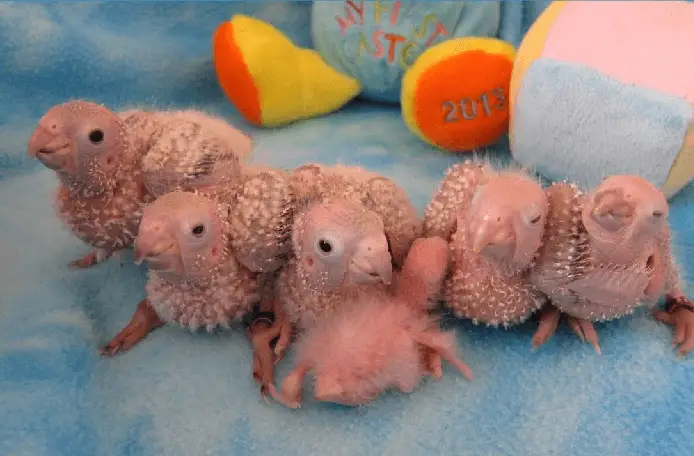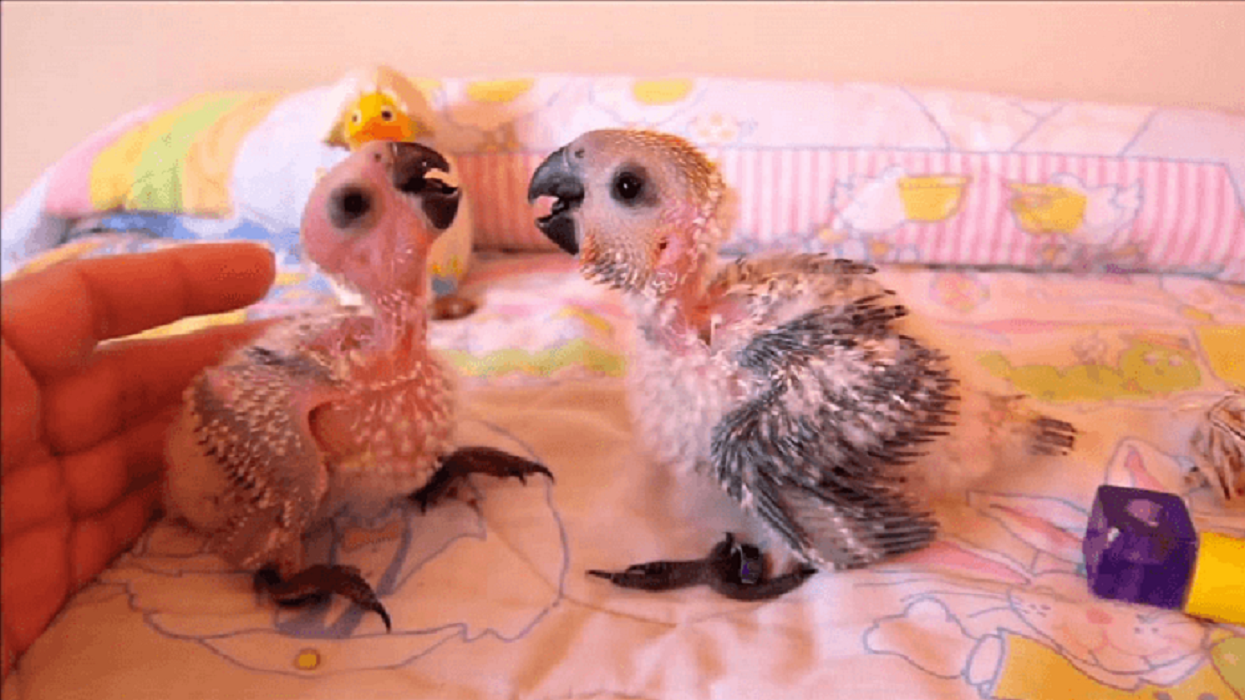Hand green cheek conure breeding: Green Cheek Conure As I specified in the reproduction part we sometimes end up with hand breeding the cause being bad parents, or to have an extremely sociable companion bird.
For or against it is always a debate that I leave open to each of you and of which I respect every opinion on this subject.
The fact is that an exam (if he has been socialized from his young age with these congeners) can become an exemplary parent, the proximity of the man no longer scares him when we check if everything is going well in the nests.
Green cheek conure hand feeding schedule
-The spoon
-The syringe
-The probe (syringe with a plastic tip that is directed directly into the crop).
for my part since the beginning of my breeding I chose the spoon.
Usually, I remove babies between 8 and 10 days before they open their eyes this way when they do open them I am identified as the adoptive parent.
It is assiduous work and full time the person who says to himself we are not within an hour to give them food is mistaken the raised by hand requires rigor, patience, and precision because from the moment we decided to raise them by hand; the young are totally dependent on us for a period of 8 weeks for this species.
To start here is the material that I use I take an infrared lamp with a power of 100 watts, a plastic bin of a dimension L60 / l40 / H30, and voila I know it’s a craft but I have never experienced any loss to this day.
Place everything in a room where temperature variations are nonexistent why (I adjust my lamp to 30 degrees precisely and adjust the height of my hanging lamp in relation to the baby) imagine a variation of 2 degrees and the little ones would suffocate so much they would have hot and vice versa, they would shiver so much they would be cold so everything must be precise.
When the juveniles start to feather, the temperature is gradually lowered to reach 26 degrees when they are completely covered with feathers.
The mistake to avoid, do not to place them behind a window door because a ray of sunshine in the tile and the temperatures soar causing the death of babies or burns.
The feeding itself, various patée for breeding by hand is up to you to choose the one that best meets the needs of the birds and especially the species,
the patée will be more liquid at the start of feeding to become more consistent by the then the temperature should be between 38 and 42 degrees Celsius, too hot the babies burn themselves too cold they will not eat.

Hand green cheek conure breeding
In the beginning, the feeding takes place every 2h30 for babies aged 8 days, we start very early in the morning 4h to finish around 22:30 / 23h.
After about two weeks we go to every 4 hours, in fact, it is necessary that between each meal the food in the crop be digested otherwise we risk having bacteria or other problems. The temperature of the lamp also has a role to play in the digestion phase.
Around the age of 4 to 5 weeks, I place in my tray 3 small pots, one with water, another with greasy patée, and another with my mixture of large parakeets, apples, and carrots, so weaning will be really easy.
An important phase after each feeding is the material used must be perfectly disinfected and cleaned the tank with the droppings of the babies for my part I use absorbent paper. Hygiene must be irreproachable in order to have healthy birds.
At 6 weeks I only give food morning, noon, and evening then morning and evening to arrive at 7 to 8 weeks once in the evening and so the weaning is done gently.
For my part, I am not at all in favor of their wing cuttings: why?
I have known cases where the pyrrhura had behavioral disorders that are to say tore the feathers from the tailor and mutilated them.
The pyrrhura is stressed not to fly and you know like me that the molt only happens once A year therefore the pyorrhea is condemned to stay where you want for a year or it seems good for you but may not be for him.
To get to say that I had a case where the pyrrhura had lost all desire to fly. After having re-stimulated it (put on the arm by making movements from the bottom-up) for three good months he finally found the ability to fly.
For me, if we designed two wings for him, it is for free flight whereas some people stop their whims by wanting to show that we have a pyrrhura on the shoulder and that it does not move; you are surprised or would you like that he goes poor !!!
But some people call it EAM !!! well it only commits me but it’s my rant, but everyone does what he wants
After having expanded on the subject; all you have to do is enjoy this love between your bird and your breeder, a wonderful contact has been created, and the complicity is born …
a hand-reared pyrrhura is extremely intelligent he has a keen eye a fast flight like lightning, is very friendly and endearing, and player always wanting to explore something, and the males can say a few words audible in the ear that’s why I strongly advise learning to know the pyrrhuras ….
in high hand, they are not garish like the ones raised by the parents, in my eyes it is a bird that has many qualities and unlike many people, it is a bird that knows what it wants to take my word for he has a strong character.
Here I think that I put forward the breeding of pyrrhuras and that people will appreciate it at its true value.
Hand Feeding 4 week old Baby Green Cheek Conures
SOURCE:Rita Garris

